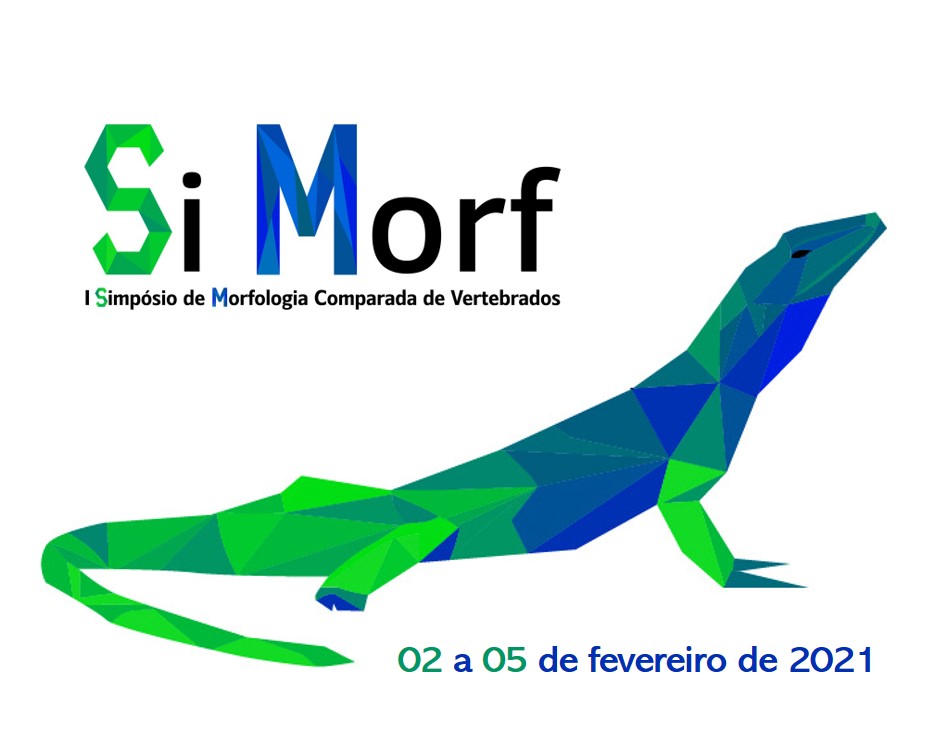Anais do I Simpósio Brasileiro de Morfologia Comparada de Vertebrados
The influence of diet and foraging strategy in the skull morphology in a bat community
Como citar esse trabalho?
Para citar este trabalho use um dos padrões abaixo:
Como citar esse trabalho?
- Tipo de apresentação: Apresentação Oral
- Eixo temático: Métodos Filogenéticos Comparativos
- Palavras chaves: ecomorphology; Geometric morphometric; Life history; Metacommunity; Phenotypic evolution;
Autoras(es):
- 1 Universidade Federal de Mato Grosso do Sul
The influence of diet and foraging strategy in the skull morphology in a bat community
Adriana Carolina Acero Murcia
Universidade Federal de Mato Grosso do Sul
Agora você poderia compartilhar comigo suas dúvidas, observações e parabenizações
Crie um tópico- Tipo de apresentação: Apresentação Oral
- Eixo temático: Métodos Filogenéticos Comparativos
- Palavras chaves: ecomorphology; Geometric morphometric; Life history; Metacommunity; Phenotypic evolution;
Autoras(es):
- 1 Universidade Federal de Mato Grosso do Sul
Neotropical bats evolved a diverse morphology to explore trophic resources and roost. The variation in skull shape in Chiroptera reflects selective pressures or trophic resources and habitat throughout their evolutionary history. The skull shape is generally related to the trophic guild in phyllostomids, but few analyses have included other families. Here, we tested for phylogenetic signal and the influence of diet and foraging strategy on the skull and jaw shape in 17 bat species. Twenty localities were sampled in Bodoquena, central Brazil. In the 2D images, Landmarks and Semilandmarks were located and overlaid, using Generalized Procrustes Analysis. Data on trophic guilds (Animalivores, Frugivores, Nectarivores) and foraging strategy (Clutter Space Passive-Active, Clutter Space Active, and Clutter Space-Passive) were derived from literature. We performed a phylogenetic signal test of the skull and jaw shape based on Brownian Motion and a Phylogenetic Generalized Least Squares to test the effect of diet and foraging strategy. To verify if the groups were statistically significant, we perform a Pairwise test. To visualize the morphological space and the phylogenetic relationships between species, we built a phylomorphospace with Geomorph. Our results show that the skull and jaw shape of species phylogenetically close is similar and was group in the same phylomorphospace. In the pairwise analyses, we found that both diet and foraging strategy influence the cranial shape. Finally, the morphological space showed that frugivorous and nectarivores species were grouped together, but animalivores had greater differentiation in skull morphology. We suggest that species close phylogenetically and similar in diet could coexist because these species have optimal phenotypes for the exploration of resources as the Stenodermatinae subfamily.
Discussões Científicas de Qualidade
Com ~200 mil publicações revisadas por pesquisadores do mundo todo, o Galoá impulsiona cientistas na descoberta de pesquisas de ponta por meio de nossa plataforma indexada.
Confira nossos produtos e como podemos ajudá-lo a dar mais alcance para sua pesquisa:
Como citar esse proceedings?
Esse proceedings é identificado por um DOI , para usar em citações ou referências bibliográficas. Atenção: este não é um DOI para o jornal e, como tal, não pode ser usado em Lattes para identificar um trabalho específico.
Verifique o link "Como citar" na página do trabalho, para ver como citar corretamente o artigo


